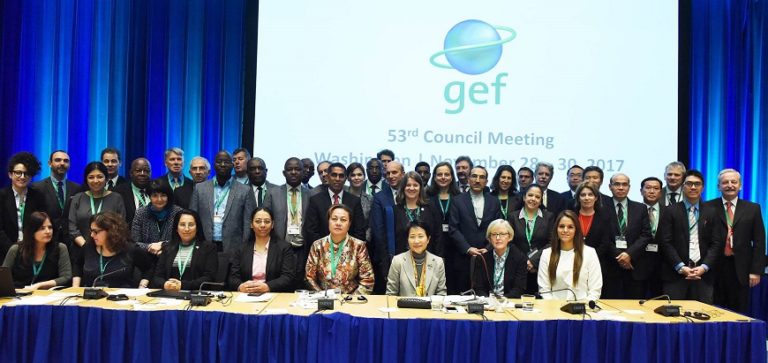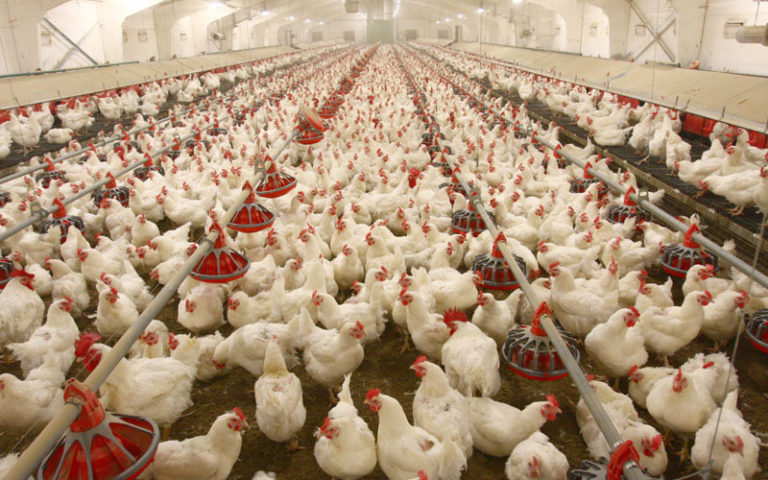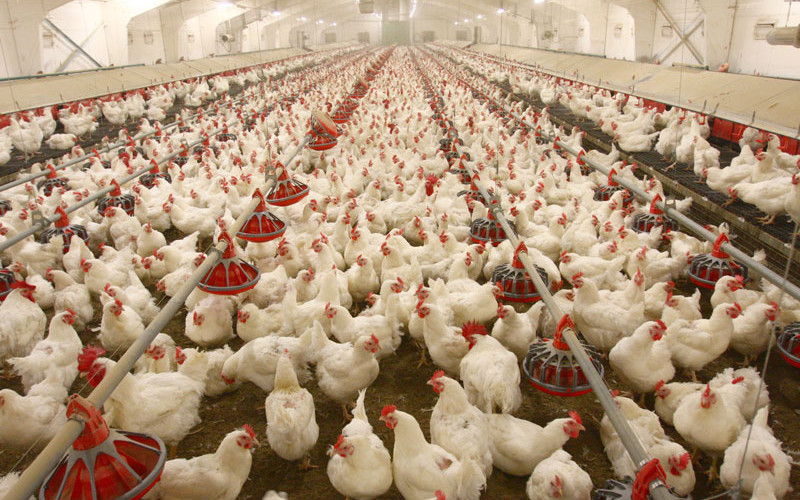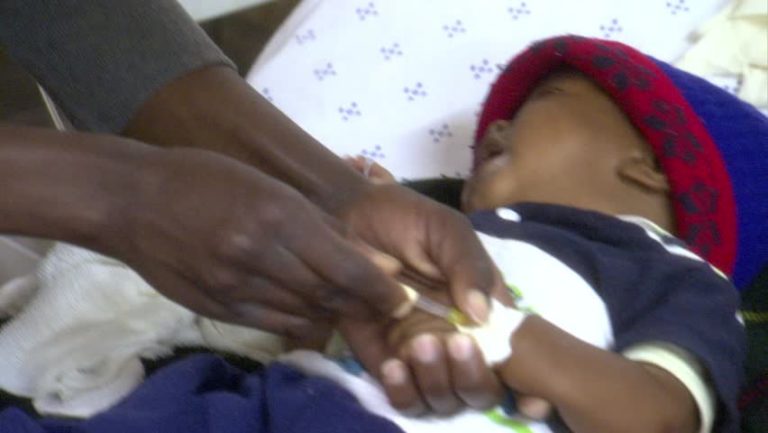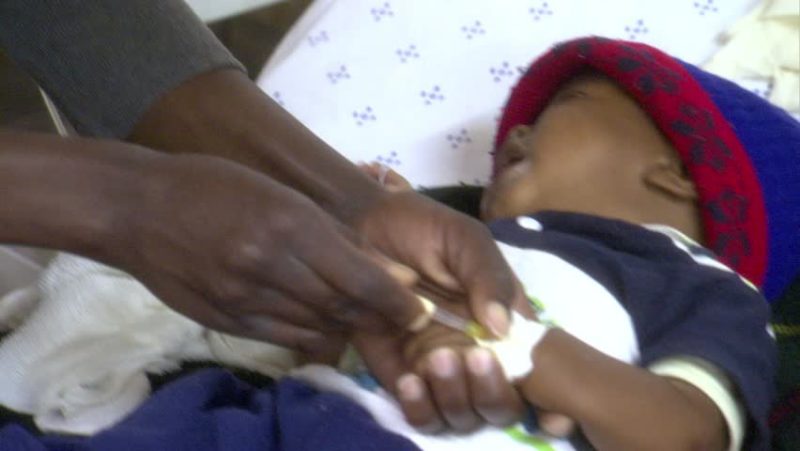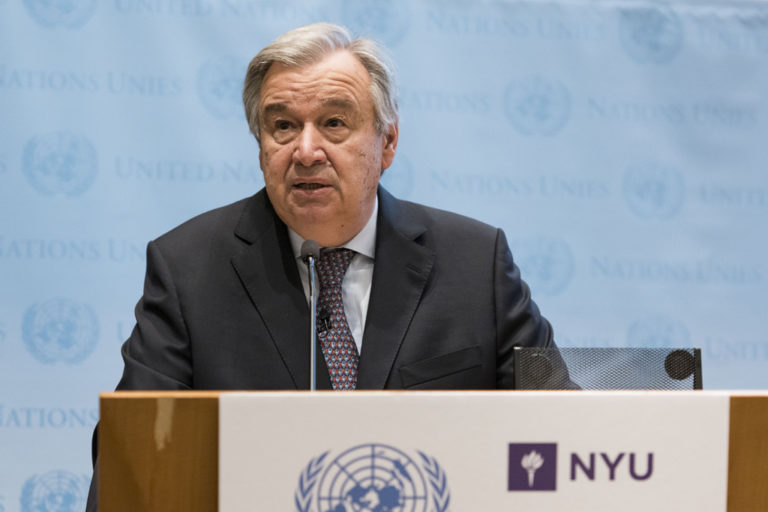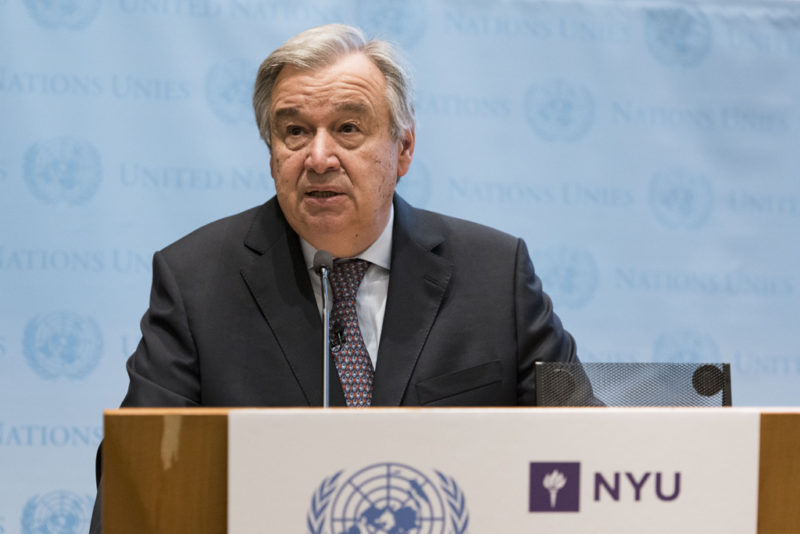South Asia’s ambitious plans to meet its climate targets under the Paris Agreement represent $3.4 trillion worth of investment opportunities in cities and infrastructure by 2030, according to Climate Investment Opportunities in South Asia, a new report by IFC released on Wednesday, December 29, 2017 by IFC, a member of the World Bank Group.
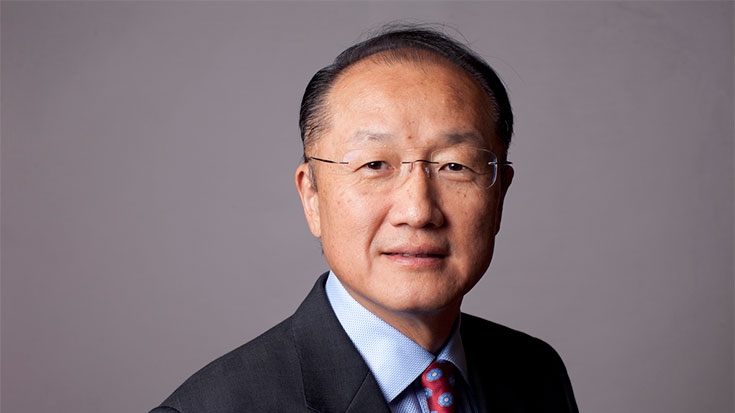
Bangladesh, Bhutan, India, Maldives, Nepal and Sri Lanka, which represent 7.38 percent of global carbon dioxide emissions, have enormous but untapped opportunities in climate-smart investing in sectors including renewable energy, transport, green buildings, urban water, climate-smart agriculture, and municipal solid waste. The report identifies $3.1 trillion of climate investment opportunities in India alone, along with $172 billion in Bangladesh, $42 billion in Bhutan, $2 billion in the Maldives, $46 billion in Nepal, and $18 billion in Sri Lanka.
“The only way that the South Asian countries can take advantage of these climate investment opportunities is with a strong and engaged private sector,” said IFC CEO, Philippe Le Houérou. “We also need to have a comprehensive approach to creating markets for climate business in key sectors. That means putting in place necessary policy frameworks, promoting competition, and building capacity and skills to open new markets.”
The impacts of climate change on business assets, supply chains, and business interruptions are already a major concern for South Asian companies. This concern coupled with the urgency of addressing the air pollution reinforce the need for immediate action while capitalise on the existing investment potential.
The South Asia region has seen a surge in investment in clean energy and energy efficiency in recent years, contributing to significant development gains. IFC’s report highlighted two sectors for future growth: due to rapid urbanization, green buildings represent an investment potential totaling more than $1.5 trillion across South Asia between 2018 and 2030; and green transport infrastructure and electric vehicles create an opportunity of over $950 billion to 2030. Such investments generate further benefits by providing access to markets, enabling trade, and ensuring mobility, which in turn stimulate economic growth and private investment.
According to the report, other significant opportunities in the region include:
- India: renewable energy and electric vehicles. The impressive national target of generating 175 GW of renewable energy by 2022 represents almost $448 billion in investment potential. This will be crucial given India’s aim to electrify all new vehicle sales by 2030, creating a potential investment opportunity of almost $670 billion if this goal is fully met.
- Bangladesh: climate-smart urban wastewater and agriculture. The government’s prioritisation of wastewater infrastructure projects creates a $13 billion investment opportunity and climate-smart agriculture sector could see investments of more than $9 billion.
- Bhutan: hydropower and electric transport. Developing Bhutan’s 25,000 MW of economically feasible hydropower potential will generate an investment opportunity of over $40 billion as well as substantial export revenues. The government’s ambitious electric vehicle target creates over 320 million worth of potential for investment in the sector.
- Maldives: climate-smart infrastructure. The country’s goals to climate-proof its infrastructure against rising sea levels and extreme weather events translates to an investment opportunity of at least $1.5 billion in transport-related infrastructure and $200 million in green buildings by 2030.
- Nepal: hydropower and climate-smart agriculture. Achieving Nepal’s ambition to install 12,000 MW of hydropower capacity creates an investment opportunity of $22.5 billion. The government’s policy push to make its agricultural sector more climate friendly, including through the use of efficient technologies represents an investment opportunity of $4.8 billion.
- Sri Lanka: Municipal solid waste management and climate-smart urban wastewater. Recognising the need for solid waste management Sri Lanka’s national policies create a $3.5 billion opportunity for investment in the sector. Wastewater management, identified as a key priority, opens an investment opportunity of more than $2.7 billion.
The countries in the region are taking the lead in fulfilling their Paris commitments. Scaling and replicating such progress across South Asia will require catalysing private finance and creating markets for climate business solutions through policies, financial innovations, and business models targeted at sector-specific local conditions. The report provides recommendations on how each country can further accelerate climate-smart investing, including demonstration projects to signal commercial viability and raise awareness, and promoting public private partnerships through streamlining procurement and processes.
Since 2005, IFC has invested $2.6 billion in long-term financing for climate-smart projects in South Asia and additionally mobilised almost $1 billion from other investors. The report is a follow-up to the Creating Markets in Climate Business report published earlier this month.

